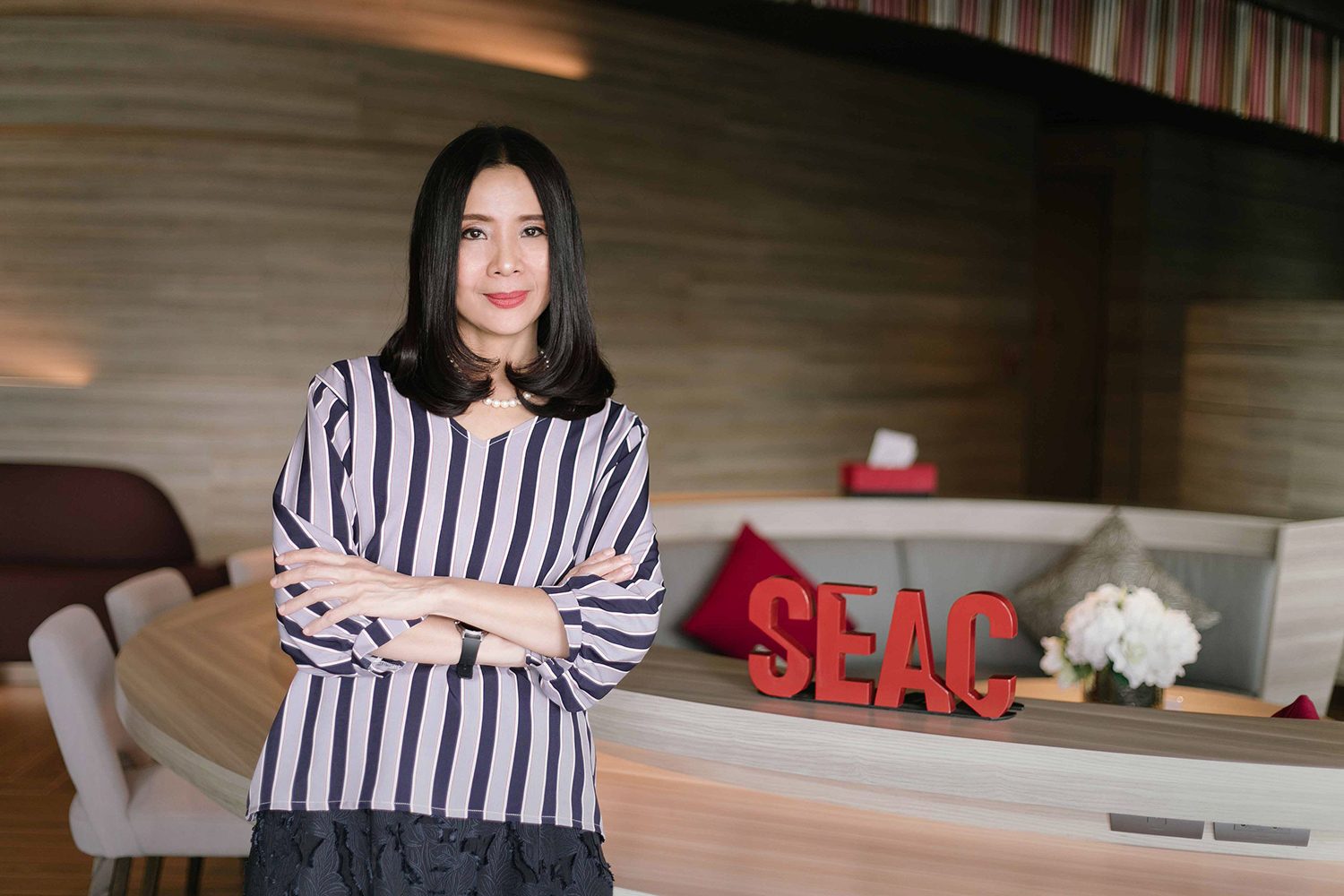
How has Covid changed the skills that create success in your business?
How have your customers’ behaviours changed? Are your star performers today the same people they were 12 months ago? What skills did your stars have to unlearn and relearn? How will you develop all your workforce with these new capabilities that create success?
I know that is a lot of questions, but they are all essential. I predict they are also the questions every business and HR leader will need to ask again and again in the next few years. Long-term industry changes and consumer behaviour shifts will make it impossible to be certain your answers stay the same.
Leaders I speak to are now becoming aware of the need to understand how the Covid pandemic has transformed their skills needs. Many were delighted with how their people adjusted to the initial crisis. However, when we discussed how these insights and experiences change current and medium-term skills development investments and activities, many were less clear and confident.
For a start, leaders must consider whether their plans are going to deliver the skills and talent the future business needs in time.
Understand the skills that will deliver future success: Some industries had no choice but to ditch traditional working and skills development approaches after Covid struck. For example, retailers had to rethink and redesign again and again as challenges kept coming.
Many retailers have seen the required skill sets for success utterly transformed. One story I find especially indicative and inspiring, and a good lesson for the future, is that of the Chinese beauty company Forest Cabin.
Covid meant that traditionally store-based beauty consultants could no longer interact face to face with customers. These beauty consultants did a great job quickly developing the skills to host live-streaming sessions to recommend products on e-commerce channels. They reskilled quickly to provide personalised customer service online.
This is more common in the industry now, especially for independent retailers you can see on social media platforms like Facebook Live. However, at the time, it was groundbreaking. This pivot in how products were sold and promoted was a successful short-term survival shift, but it created implications for the future.
Forest Cabin’s sales staff were no longer just speaking about the makeup products, but they also needed to give beauty tips to keep customers coming back. They needed to change from speaking to an individual or a small group of customers to effectively speaking to hundreds. They needed to stop talking about formulas, and instead give practical application advice in everyday language to woo customers.
Can you imagine the implications of developing these emerging and growing skill sets in all sales staff cost-effectively in a time of constrained resources?
Understand the implications for your skills development plans: For Forest Cabin, developing sales staff with the skills to effectively present a product would no longer guarantee success. Now, sales staff must build skills that will build relationships, trust, and a place in customers’ lives. These skills manifest as growing and keeping an extensive online following, the way influencers do.
The sales staff knew this because they were now making more sales — and money for themselves and the company — than ever before. The nature and scale of sales had transformed, from single purchases to between 10,000 and 20,000 renminbi each time they presented to a big crowd.
The big Western companies soon picked up on his idea, and it started to transform the industry. Simply put, the critical impact area shifted from the store to the internet, and the skills to succeed shifted with it (and will continue to do so).
Additionally, building the skills for the future is now very different from the past. Companies in this industry that did not understand this and do not reskill their staff for the new reality will not survive. So, skills development plans and approaches changed to achieve this goal at scale and speed.
So, how do we get started? Last week, a friend asked me to consider some questions that I would like to share with you.
Are you still in the industry you thought you were in last year? What does your actual data tell you about your customers? What has shifted, and do you serve the same people in the same way?
Without understanding this emerging picture, it is impossible to recognise what needs to change in your skills development planning. Without reviewing your skills development plan, you cannot be sure your people can deliver new successes instead of just recreating past excellence that will not sustain your future.
Arinya Talerngsri is Chief Capability Officer and Managing Director at SEAC — Southeast Asia’s Lifelong Learning Center. She can be reached by email at arinya_t@seasiacenter.com or https://www.linkedin.com/in/arinya-talerngsri-53b81aa. Talk to us about how SEAC can help your business during times of uncertainty at https://forms.gle/wf8upGdmwprxC6Ey9
